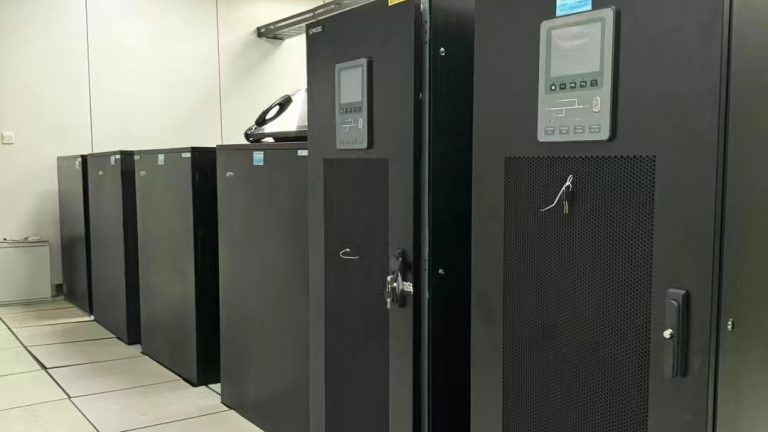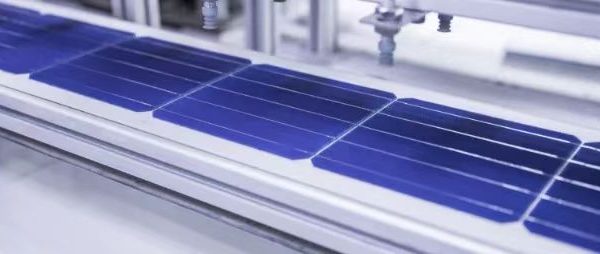Introduction
In rooftop solar system design, particularly in residential and small commercial setups, one of the most overlooked but critical technical decisions is the configuration and optimization of MPPT (Maximum Power Point Tracking) channels. Complex rooftops—those with different tilt angles, azimuths, and partial shading—require careful MPPT planning to ensure the system extracts the maximum possible energy. This article will explore how to select inverters and configure MPPTs in systems with complex roof layouts.
1. What is MPPT and Why Does It Matter?
An MPPT (Maximum Power Point Tracker) is a feature in inverters that continuously adjusts the electrical operating point of PV modules to extract the maximum power under varying light and temperature conditions.
- In simple systems: One MPPT is often sufficient.
- In complex systems: Multiple MPPTs are critical to avoid energy loss due to mismatched irradiance.
2. Roof Complexity: What Makes a Roof “Complex”?
Several factors contribute to roof complexity:
- Multiple azimuths: Solar panels facing different directions (e.g., east and west).
- Varying tilts: Roof segments with different inclinations.
- Partial shading: Trees, chimneys, or adjacent buildings casting shadows.
- Different module types or aging rates.
Each of these factors can create different I-V curves across panel strings, which leads to energy loss if a shared MPPT tries to optimize them together.
3. MPPT Matching Principles for Complex Roofs
A good rule of thumb: One MPPT per unique roof condition.
| Roof Condition | Suggested MPPT Allocation |
|---|---|
| All panels face south, same tilt | 1 MPPT is sufficient |
| East- and west-facing arrays | 2 MPPTs (split strings) |
| Tilt + azimuth variation | 1 MPPT per orientation set |
| Shading at specific times of day | Isolate shaded areas to their own MPPT |
4. MPPT Allocation and String Design Strategy
When using string inverters with multiple MPPTs (2–6 MPPTs typically):
- Avoid mixing panel orientations within a single MPPT input.
- Equalize string lengths per MPPT for optimal voltage balance.
- Distribute high-performance modules strategically—e.g., bifacial or high-wattage modules on the most sun-exposed segments.
If you only have two MPPTs available:
- Assign one to east-facing and one to west-facing.
- Avoid putting shaded and unshaded modules on the same tracker.
5. Using DC Optimizers and Microinverters
For extremely fragmented roofs (4+ different azimuths, or persistent shading), consider alternatives:
DC Optimizers
- Installed at the panel level, sending optimized DC output to a central inverter.
- Useful when MPPTs are insufficient to isolate variable conditions.
Microinverters
- Each panel has its own inverter and MPPT.
- Ideal for maximum energy harvest from heterogeneous conditions.
- Downsides: higher cost, more components to maintain.
6. Examples of MPPT-Based System Design
Example 1: Simple residential rooftop with east and west arrays
- System: 10 kW
- Layout: 5 kW east, 5 kW west
- Inverter: 2 MPPT string inverter, each MPPT handles one direction
Example 2: Complex small commercial roof with four directions
- System: 30 kW
- Layout: 10 kW south, 5 kW east, 5 kW west, 10 kW flat tilt
- Inverter option 1: Two 3-MPPT inverters (each segment gets dedicated input)
- Inverter option 2: Use DC optimizers and a single inverter
7. Design Tips for Installers and Engineers
- Use PV simulation tools (e.g., PVsyst, Helioscope) to predict mismatch losses.
- Favor inverters with 3–4 MPPTs for rooftops with 3+ orientations.
- Keep string voltages balanced within each MPPT for stable performance.
- Include bypass diodes or rapid shutdown functions where required.
8. Future-Proofing and Scalability
If expansion is likely:
- Select inverters with expandable MPPT channels.
- Consider modular inverters that can grow with your system.
- Include oversizing margins in MPPT power capacity (e.g., 120% of nominal input).
Conclusion
In complex roof environments, the right MPPT configuration is essential for optimizing energy yield and long-term system performance. Rather than relying on a one-size-fits-all solution, installers should assess roof geometry, shading, and panel layout to assign MPPTs strategically. When done correctly, a well-optimized MPPT strategy can boost system output by 10–25% in challenging installations—paying off over years of production.









